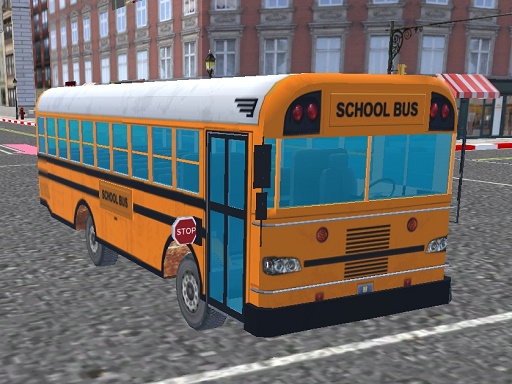Buses are among the most widely used forms of public transportation worldwide, serving as an efficient and economical means of moving large groups of people. They play a crucial role in urban, suburban, and rural transportation systems, reducing traffic congestion and environmental impact compared to private vehicles. This guide explores the different types of buses, their uses, and their benefits in modern transport systems.
Buses come in various designs, each tailored for specific purposes:
- City Buses – Designed for urban transit, these buses frequently stop at designated stations to accommodate daily commuters. They often feature low floors for easy boarding and space-efficient designs.
- Intercity Buses – Built for long-distance travel between cities, these buses provide comfortable seating, luggage storage, and sometimes amenities like Wi-Fi and restrooms.
- School Buses – Easily recognizable by their bright yellow color, these buses transport students safely to and from educational institutions, adhering to strict safety regulations.
- Articulated Buses – Also called "bendy buses," these have an extended, flexible middle section to carry more passengers in high-demand urban areas.
- Double-Decker Buses – Common in cities like London, these buses maximize passenger capacity with two levels of seating while maintaining a compact road footprint.
- Electric Buses – Increasingly popular for sustainability, these buses run on battery power, reducing emissions and noise pollution.
Buses serve multiple functions beyond standard passenger transport:
- Public Transit – The backbone of urban mobility, buses help reduce reliance on personal cars, easing congestion and lowering carbon footprints.
- Tourism – Many cities offer sightseeing buses that provide guided tours, allowing visitors to explore attractions conveniently.
- Employee Shuttles – Large companies and airports often use buses to transport workers or travelers between locations efficiently.
- Event Transportation – Buses are frequently used to move crowds at concerts, sports games, and festivals, ensuring organized and safe transit.
- Cost-Effective – Buses are cheaper to operate and ride compared to trains or private vehicles, making them accessible to a broad population.
- Environmental Impact – By consolidating multiple passengers into one vehicle, buses reduce fuel consumption and greenhouse gas emissions per traveler.
- Reduced Traffic – Efficient bus systems decrease the number of cars on the road, minimizing traffic jams and travel times in crowded cities.
- Accessibility – Many buses are equipped with ramps, priority seating, and audio-visual aids to assist passengers with disabilities.
- Flexibility – Unlike fixed rail systems, buses can adapt routes quickly to meet changing transportation needs or disruptions.
Buses remain a vital part of global transportation networks due to their versatility, affordability, and environmental advantages. As cities grow and sustainability becomes a priority, innovations like electric and autonomous buses will further enhance their role in modern mobility. Whether for daily commuting, tourism, or special events, buses continue to provide reliable and efficient transport solutions for millions worldwide.
. Tagged Bus Games
